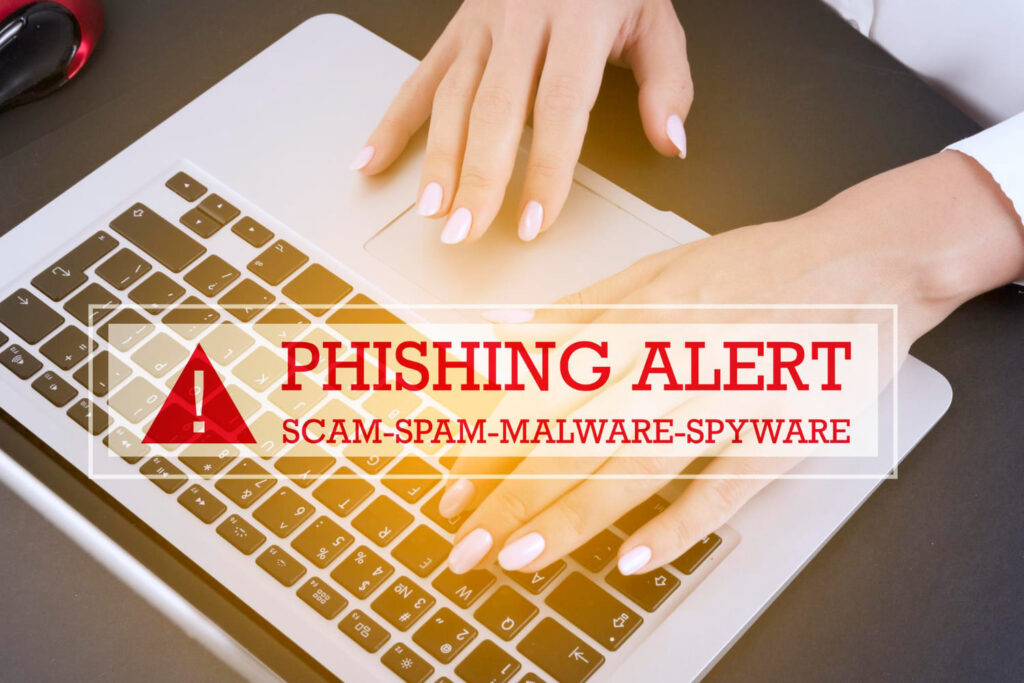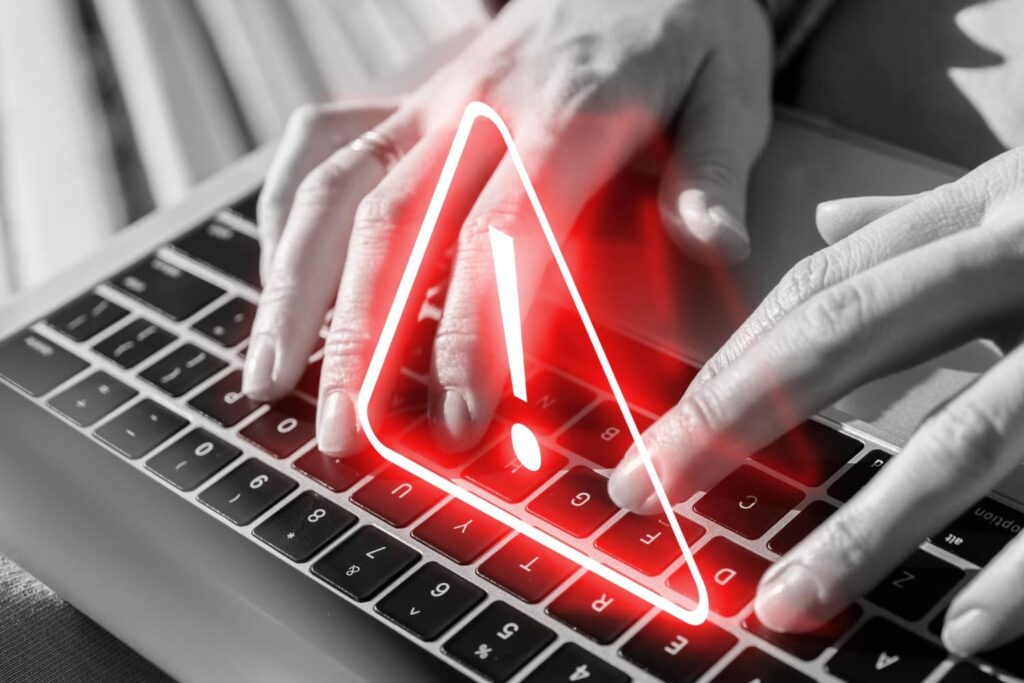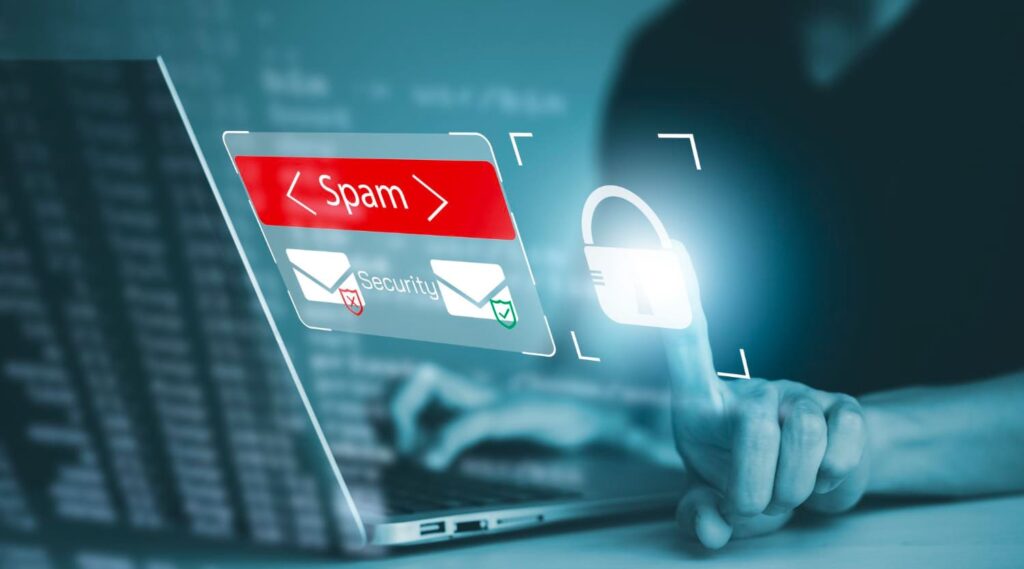Living in the digital age means the possibility of phishing attack threats looms larger than ever. These deceptively simple scams can wreak havoc on individuals and organizations alike.
Phishing attacks, often disguised as legitimate communications, are not just a nuisance but a real threat to our digital safety.
In this guide, we’ll dive into the knowledge to recognize phishing, protect yourself from phishing, and the effective email security best practices for phishing prevention. Read on!
How To Recognize Phishing

A phishing email is often disguised as a real email, and it has often tricked inattentive receivers. The template and wording of the email landing in your inbox often seem authentic.
Some of the most common phrases/content in a phishing email include:
- Urgent account verification required: “We’ve noticed some unusual activity on your account and require immediate verification to avoid suspension.”
- Problem with your payment information: “There was a problem processing your recent payment. Please update your payment details ASAP to avoid service interruption.”
- Unusual sign-in attempt: “We’ve detected an unusual sign-in attempt from a location or device you don’t usually use. Please confirm your identity to secure your account.”
However, there are several signs to recognize a phishing email, including:
- Generic greetings instead of your real name, such as “Hi, there” or “Dear Customer”
- Spelling and grammar errors
- A sketchy link to update any information details
- Skewed graphics
Note this: a real company will never assist you in updating your confidential information using links that are sent through an email or a text message. By recognizing this pattern, you will avoid the risk of identity theft.
Ways To Protect Yourself From Phishing

Nowadays, email services provide email spam filter features that keep spam emails at bay, including phishing emails. However, attackers will always have a trick to go through these filters. Thus, it is important to know how to protect yourself from phishing.
Protect Your Computer by Using Security Software
Ensure your computer operating system is up-to-date and secure. You can also set the update to automatically run so that it will always have the newest protection system to deal with any threats, including phishing.
Protect Your Cell Phone by Setting Software to Update Automatically
Besides your computer, you must also pay attention to your cell phone security software. Similarly, set the software to update automatically to get the latest protection version. On top of this, regular app updates are also recommended.
Protect Your Accounts by Using Multi-factor Authentication
Sometimes, extra protection is very much needed, and Multi-Factor Authentication (MFA) is one of them. MFA works by asking users to provide two or more credentials to get access to an account.
There are three main types of MFA, including:
- Knowledge: password or PIN
- Possession: smartphone or badge
- Inherence: face recognition, voice recognition, or fingerprints
You will build an extra layer of account protection against attackers using an MFA.
Protect Your Data by Backing It Up
Regular backup is vital for any digital data, from your computer to your phone. You can perform the backup by uploading it to the cloud, external hard drive, or a new computer. This way, you will always get access to your personal information in the case of a missing device.
Email Security Best Practices for Phishing Prevention

Don’t fret; these phishing prevention best practices for email security will help you avoid phishing scams via emails and prevent you from falling into attackers’ tricks.
Emails Containing Spelling Mistakes
Spell-checking recognition is a common feature companies use to ensure they send professional-sounding emails. On top of that, this feature also aids in recognizing spelling or grammar mistakes in an email inbox, highlighting that those emails need extra suspicion.
Inconsistencies in Email Addresses
Carefully examine the sender’s email address for inconsistencies. For instance, the email might come from a domain that is a misspelled version of a trusted company’s email domain (like “amaz0n.com” instead of “amazon.com”) or use a domain that looks official but is slightly altered.
You can also track back to the sender’s previous emails (if any) and check whether the same sender uses the same email address.
Be Wary of Suspicious Attachments
These days, attackers can attach malware, commonly in .zip, .exe, or .scr format, via email attachments. Thus, always be suspicious if you get an email with attachments; think before downloading and opening them.
Emails Requesting Login Credentials or Other Sensitive Information
A scammer might request your login credentials, payment information, or other sensitive information via email. These types of emails must be handled with caution to avoid data theft.
Emails Insisting on Urgent Action
Attackers often use urgent-sounding email content to fluster the target. These emails often make up a negative consequence if a certain action is not taken immediately.
Emails with an Unfamiliar Greeting
If you’re receiving an email that presents itself on behalf of your friends, families, or colleagues, but the greetings are unfamiliar to your ears, there is a high chance that it is phishing. If this kind of email enters your work email inbox, report it to the IT security team.
Inconsistencies in Links and Domain Names
Before clicking on a questionable link, hover your mouse pointer over it to ensure what kind of address pops up. Also, you can install a web browser extension that automatically scans a link and gives it a checkmark if the link is detected as safe.
Emails That Seem Too Good to Be True
Stay away from an attacker trap that sends you an email that claims to ‘benefit’ you once you click on a link. This is a common mistake made by curious receivers targeted by the attacker. If you receive this kind of malicious email, immediately be suspicious of it.
Frequently Asked Questions
How do phishing attacks typically unfold, and why is prevention crucial?
Phishing attacks typically involve deceptive communications to steal sensitive information, and prevention is crucial to avoid significant personal and financial harm.
What role does user education play in effective phishing prevention strategies?
User education is vital in phishing prevention, as it empowers individuals to recognize and avoid deceptive tactics attackers use.
Are there specific industries or sectors more vulnerable to phishing, and why?
Yes, sectors like finance, healthcare, and government are more vulnerable to phishing due to their access to sensitive data and financial transactions. 46% of organizations in the financial industry claim phishing is the most prevalent infection channel for cyber assaults in finance.
Conclusion
The threat of phishing in our digital world is real and ever-present, but we can effectively shield ourselves from these deceptive attacks with the right knowledge and tools. This comprehensive guide has equipped you with the skills to recognize phishing attempts and the best practices to prevent phishing.
Always be careful before you click a link or open an attachment in a wary email in your inbox. Implementing these best practices and staying vigilant can minimize the risk of becoming a phishing scam victim.
For advanced phishing prevention solutions, get in touch with Fluxgate to enhance your protection against evolving cybersecurity threats.
